A renewed interest in the city's wartime history has spurred a cultural revival in the area, and brought with it an enticing mix of must-see museums and trendy cafes.
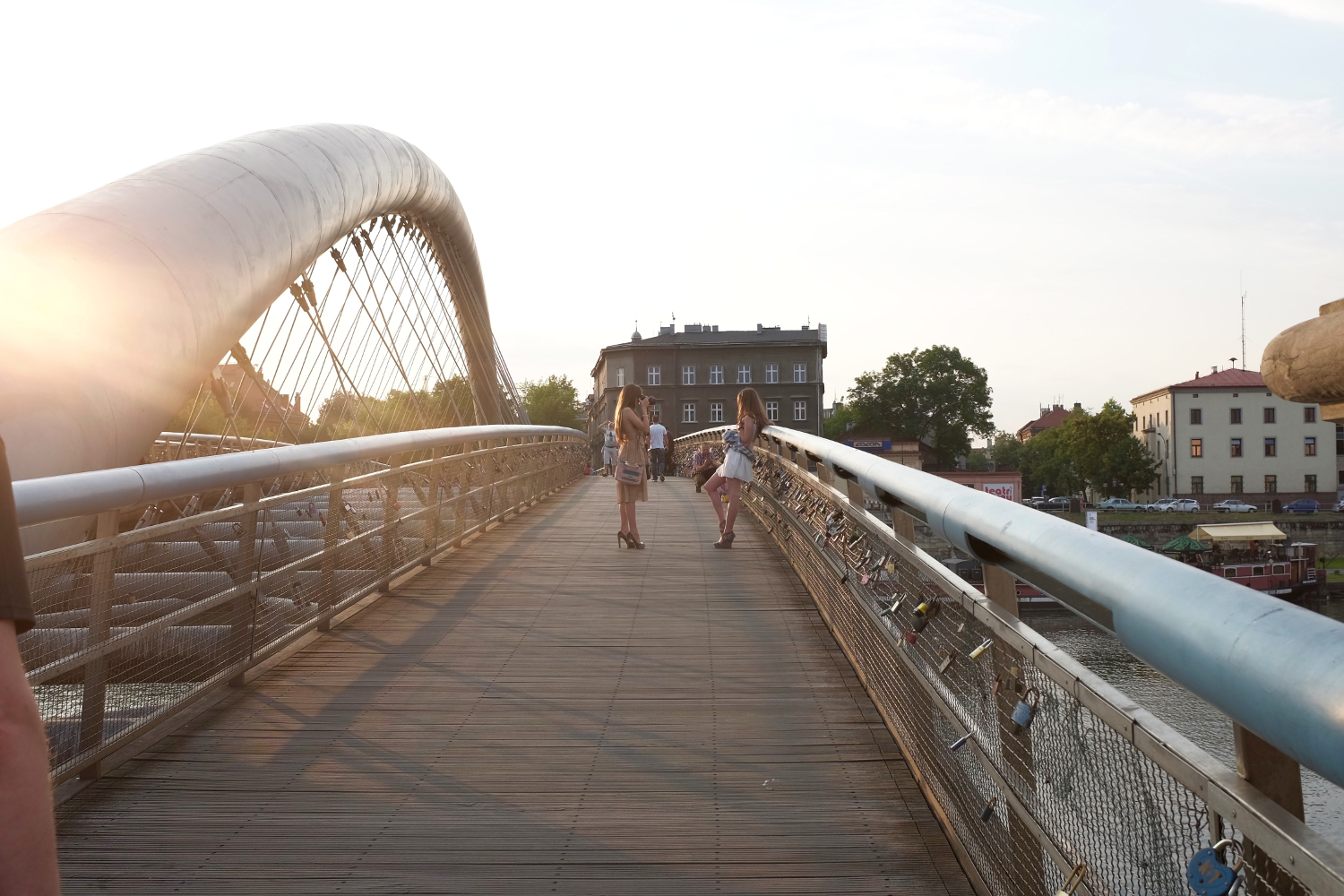
The Kraków suburb of Podgórze has been around for hundreds of years and was even an independent city in the 19th century. Development was stunted by WWII, when Nazi Germany appropriated much of the area to build a walled ghetto and forced-labour camp for Kraków's persecuted Jews. After the war, Podgórze languished as a depressed industrial zone.
One of the area's old factories just happened to be the former enamel works run by Oskar Schindler, the same Schindler immortalized in Thomas Keneally's book Schindler’s Ark (and later Steven Spielberg’s film Schindler’s List) for saving the lives of more than 1000 Jewish workers who would have otherwise perished in the Holocaust.
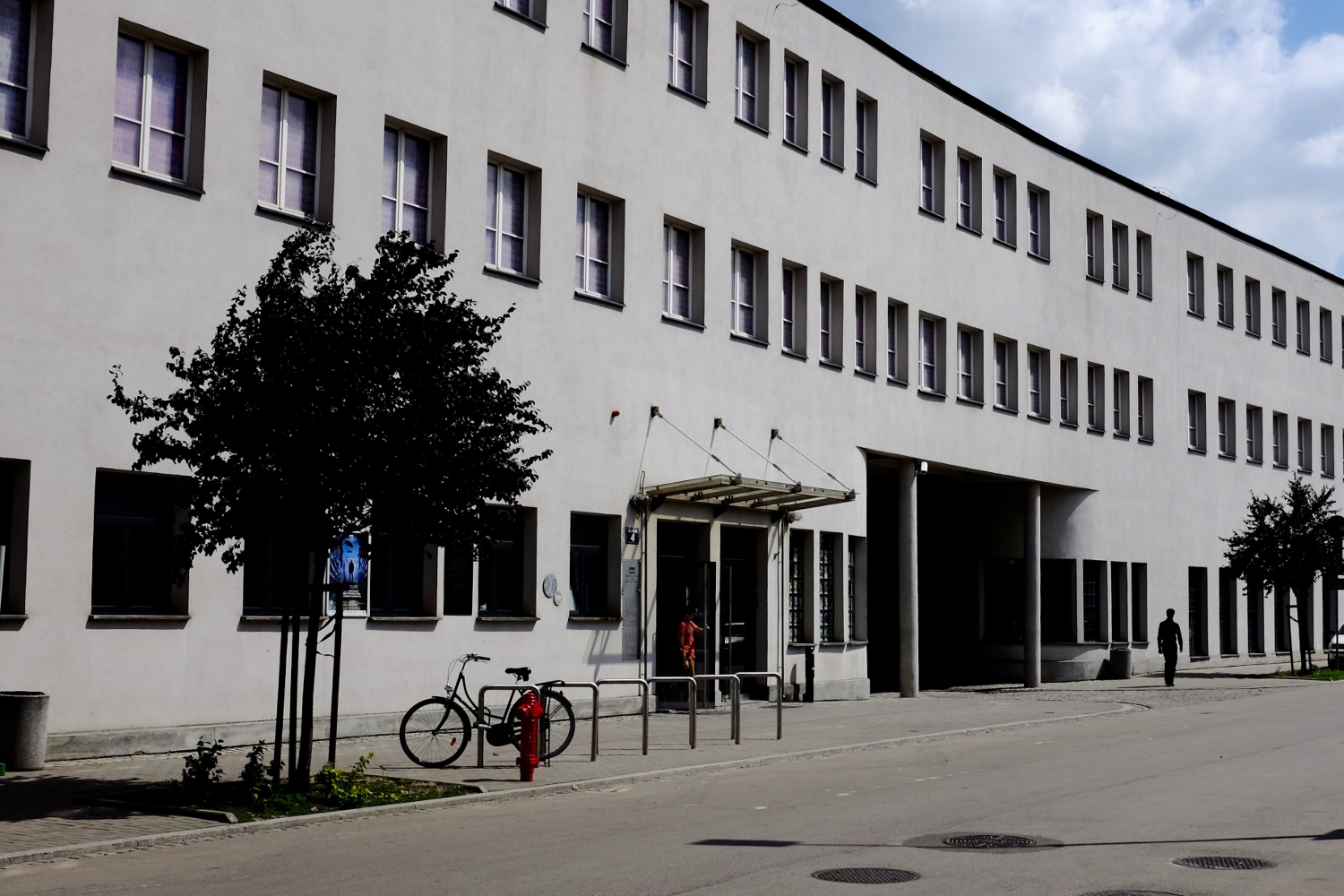
Spielberg filmed much of the movie in Podgórze and, in the process, catalyzed a slow, steady revival of the district. In 2011, the city finally refurbished the enamel factory and transformed it into a world-class museum dedicated to Kraków's wartime occupation.
Since then, Podgórze has scarcely looked back. There's a new contemporary art centre here, and the district's industrial heritage, alongside its steam punk vibe and low rents, has captured the imagination of a new generation of creatives and designers.
For most visitors, Podgórze's greatest pull will be the sights centred around those dark days during the war when the Nazis deported at least 16,000 surviving Jews to an over-crowded, sealed ghetto, the location of which is now known as Plac Bohaterów Getta (Heroes of the Ghetto Square). The square served as a mustering point for transporting people to the extermination camps. Today, it's filled with 70 oversized chairs – a memorial by Kraków architects Piotr Lewicki and Kazimierz Latak – to represent the furniture and other remnants discarded by the deportees.
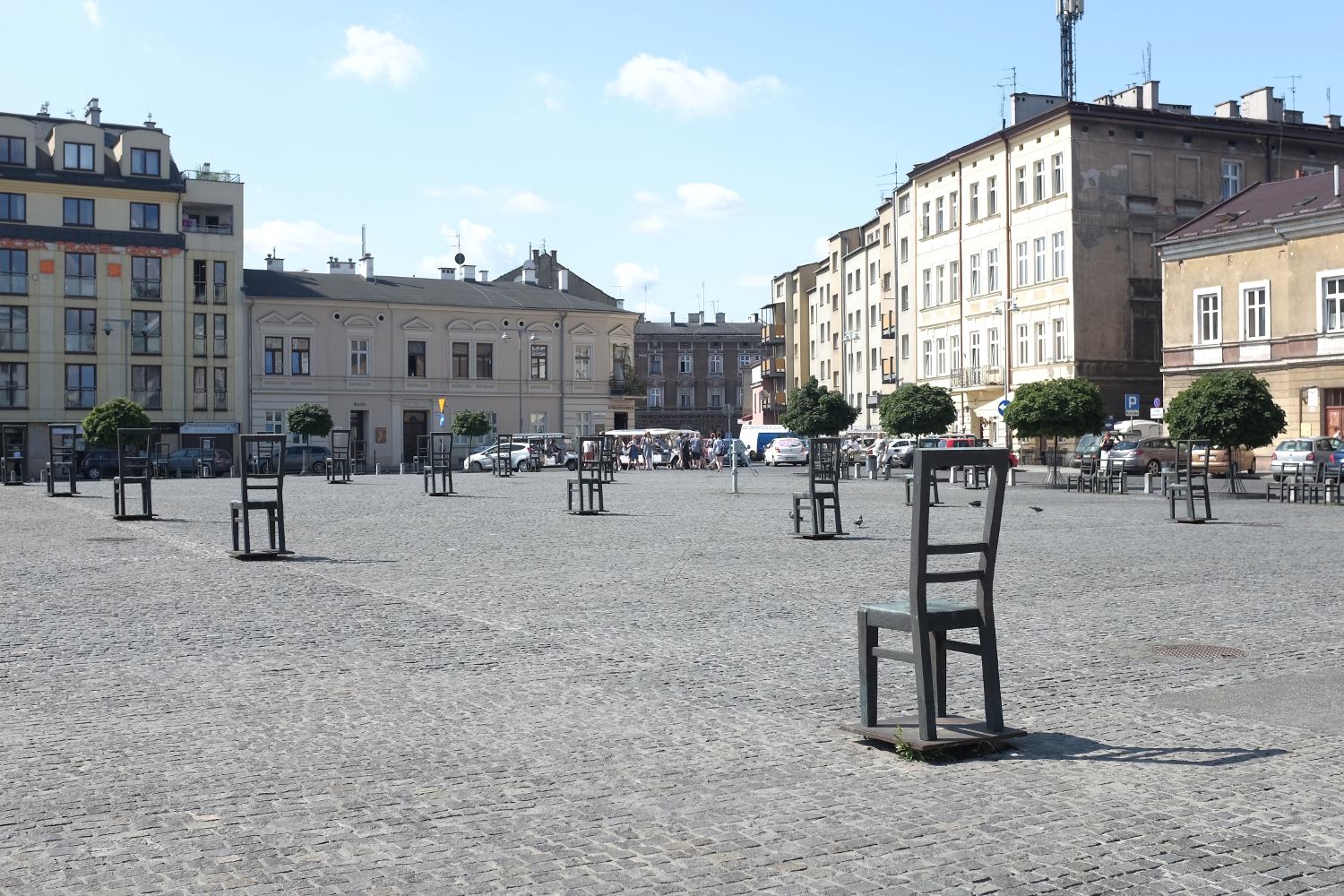
On the south side of Plac Bohaterów Getta, the Pharmacy Under the Eagle museum holds a small but moving exhibition on the history of the ghetto. During the war, the pharmacy was run by a Pole, Tadeusz Pankiewicz, who is honoured as a hero for providing much-needed medicines to ghetto residents. Little of the actual ghetto has survived to the present, though there's a small fragment of the wall just south of Plac Bohaterów Getta at ul Lwowska 25–29, with a plaque marking the location.
The top sight here in Podgórze is, of course, Schindler's Factory, located a short, dusty walk east of Plac Bohaterów Getta, below a railway underpass and through an area that looks remarkably unchanged from WWII. The factory has been transformed into a multimedia museum that goes beyond the Schindler story to tell the whole tale of Kraków during the Nazi occupation from 1939–45. Next door, the Museum of Contemporary Art (MOCAK) stages rotating exhibitions, some thematically linked to WWII and the Holocaust.
For fans of Schindler's List, Podgórze has two other sights of special interest. Spielberg converted a 19th-century strip mine, the Liban Quarry, 2km south of Plac Bohaterów Getta, into an elaborate set to stand in for the Płaszów forced-labour camp (which features prominently in the film). The quarry was abandoned after the shoot and many of the old props – such as watchtowers and barracks – stand eerily amid the overgrown landscape.
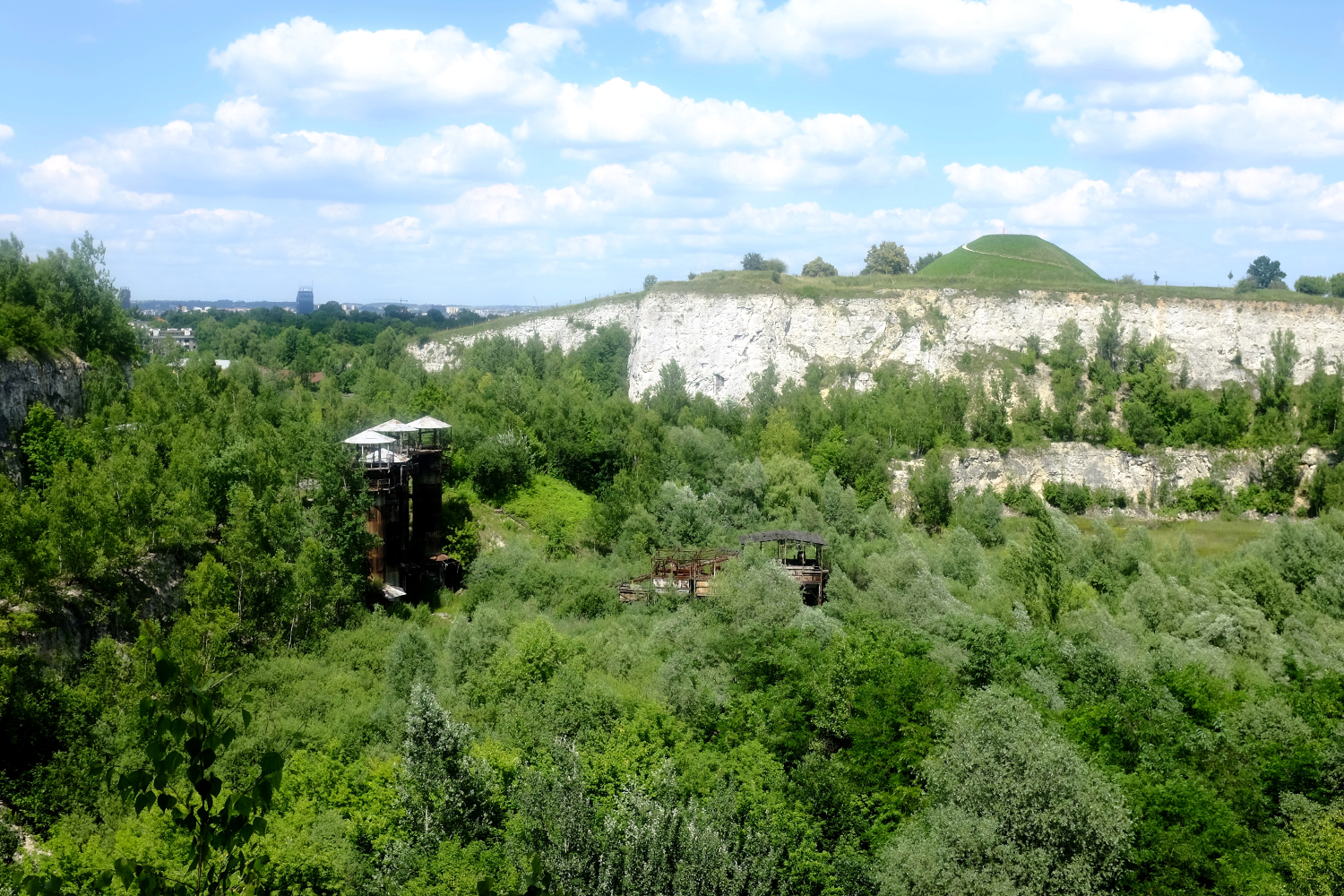
Further south is the actual Płaszów Labour Camp, a forced-labour and extermination camp built by the Nazis to facilitate the liquidation of the Podgórze ghetto. At its largest point in 1943–44, the camp held some 25,000 people. Much of the old camp stands fallow and little has survived to the present, though the plaques and memorials strike a moving chord.
Podgórze's history stretches back well beyond WWII and the Nazi occupation, and the district boasts at least two sights from antiquity whose origins remain obscure to this day.
The pagan Krakus Mound, next to the Liban Quarry, dates back to the 7th or 8th century. It's long-rumoured to have been the burial mound for the city's legendary founder, Prince Krak, but archaeological digs carried out at the site have never been able to confirm this. It's worth a scramble up this ancient mound for the dramatic views across the city.
North of Krakus Mound, the tiny Church of St Benedict probably dates from the 12th century, but no one really knows. Indeed, historians still wrestle over the church's exact origins. It's open once a year, on the first Tuesday after Easter, when the festival of Rękawka is celebrated.
The opening of Schindler's Factory sparked a long-awaited cultural rebirth for the district, and the industrial area around the museum is now a hotbed for Kraków's budding start-up and design community. After you've seen Schindler's Factory and MOCAK, pop in for coffee at one of several popular spots nearby.
Coffee Cargo, a third-wave roaster, occupies a former warehouse and plays up the industrial vibe, big style. BAL, another cafe a couple of minutes walk from Schindler's Factory, is sleek and white, with a good mix of coffees and smoothies, as well as light bites for breakfast and lunch.
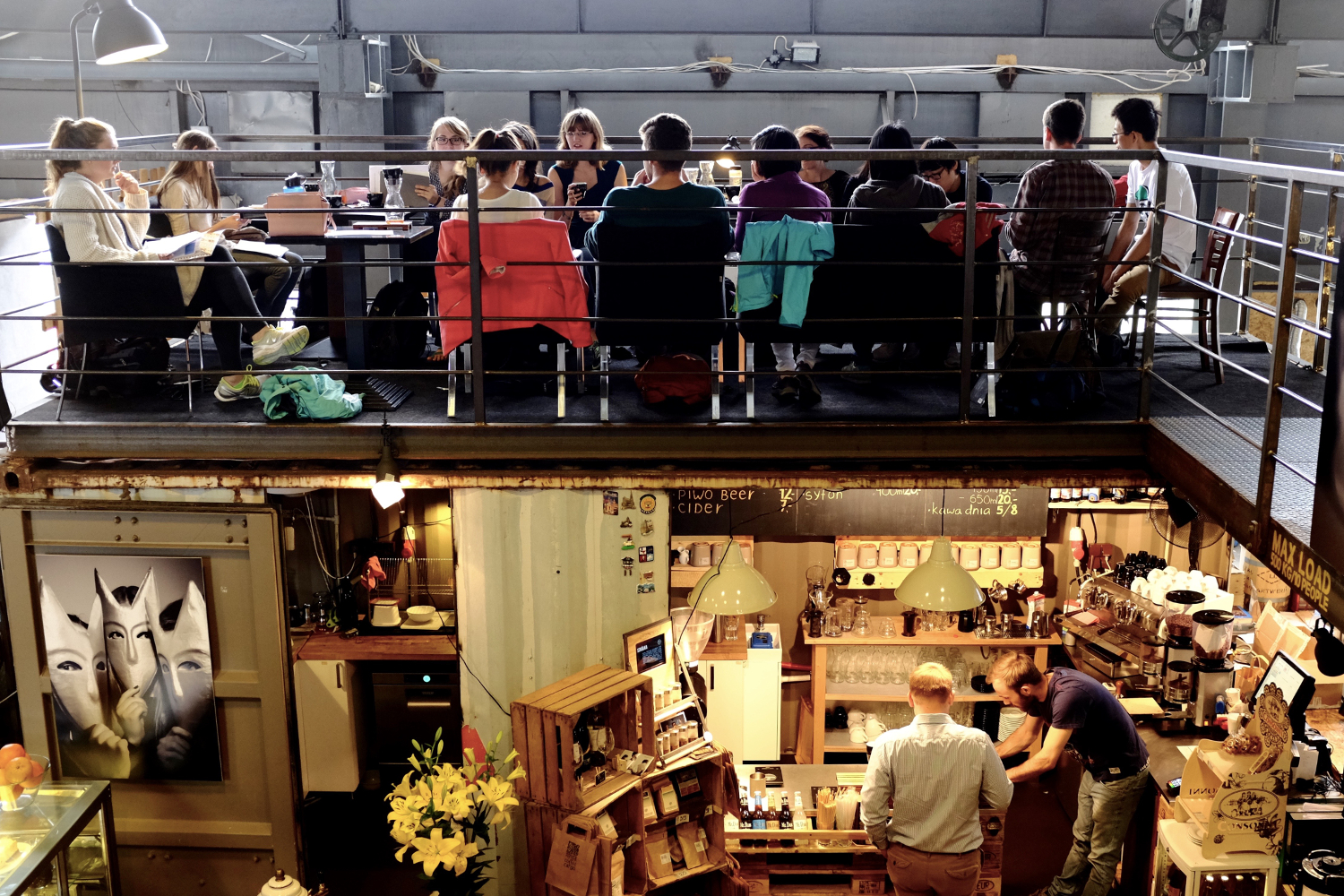
At the western end of Podgórze, along the river, the former Hotel Forum has been rehabbed into a bar, cafe and occasional performance space, the Forum Przestrzenie, proving once and for all there's a second act for communist-era, Brutalist buildings. It's a surprisingly colourful, modern space that's perfect for morning coffee or evening drinks. In warm weather, lounge chairs are spread out over a terrace overlooking the river.